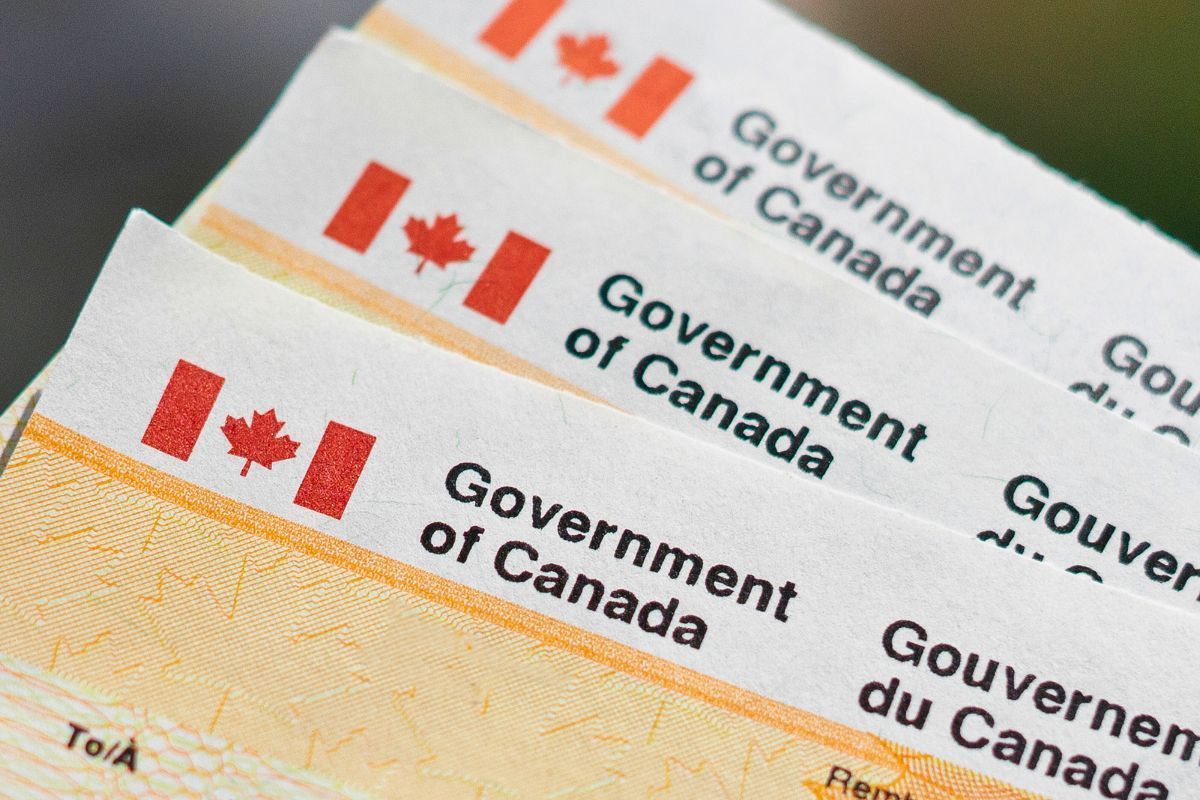A Quick Start Guide For How To File Taxes In Canada
Filing taxes for the first time in Canada? It can feel daunting, especially if you're new to the country. But don't worry—learning how to file taxes in Canada doesn't have to be complicated. The best part? Filing is more than a legal requirement. It's a chance to claim government benefits and credits. These can help put more money in your pocket.
In this article, we'll explore everything you need to know to navigate the Canadian tax system confidently and efficiently.
Understanding The Basics Of Filing Taxes In Canada
Who Needs To File A Tax Return?
In Canada, most residents—even those without income—are encouraged to file a tax return. Whether working, studying, or spending significant time in the country, you may qualify as a resident for tax purposes. Key factors can determine your tax residency status. These include maintaining a home in Canada, having a spouse or dependents in Canada, or holding Canadian health insurance.
If you stay in Canada for 183 days or more in a tax year, you are usually considered a resident for tax purposes. Significant residential ties also play a role.
Even if you're not legally required to file, there are advantages to doing so. Filing your tax return can make you eligible for government benefits. These include the GST/HST Credit or the Canada Child Benefit (CCB). You could receive payments just by filing.
If you're unsure about your tax residency status, the Canada Revenue Agency (CRA) can help.
Important Tax Deadlines
Canada's tax deadlines are straightforward, but essential to keep in mind:
- April 30, 2025: This is the filing deadline for your 2024 tax return if you're an individual taxpayer.
- June 16, 2025: Self-employed individuals and their common-law partners or spouses have until this date to process their returns, as June 15 falls on a Sunday. All tax payments must be made by April 30 to avoid interest charges.
Note: For 2024 returns, the CRA provides relief from late filing penalties, and interest will be waived. This applies to individuals reporting capital dispositions. The deadline is June 2, 2025.
Missing these deadlines can result in penalties. The CRA typically charges a late-filing penalty of 5% of the outstanding balance, including an additional 1% each month the return is late. Even if you can't pay your full balance immediately, filing on time is always the smarter move to minimize penalties.
Key Points About Canada's Tax System
Canada follows a progressive tax system, meaning higher income levels are taxed at higher rates. As a tax resident, you must report your worldwide income, including earnings inside and outside Canada. Know your obligations and file on time. Stay compliant and take advantage of credits and deductions.
Newcomers to Canada are considered tax residents from the date they enter and establish significant ties. Filing can unlock key benefits even if you have no income.

Step-By-Step Instructions On How To File Taxes In Canada
Filing taxes in Canada doesn't have to be overwhelming—with the right approach, it can be straightforward. Ready to get started? Let's take a closer look.
Step 1 – Collect Your Tax Documents
Begin by gathering all the essential documents you'll need to file your taxes. These typically include T4 slips from your employer, T4A slips for pension or self-employment income, and T5 slips for any investment earnings. If you claim deductions, have receipts for eligible expenses, such as healthcare bills or moving costs. Having everything organized upfront will save you time and ensure a smoother process.
Step 2 – Select Your Filing Method
When it comes to filing your taxes, you have three main options to choose from:
- Online Filing: Submit your return electronically using CRA-certified tax software like NETFILE. It's fast, efficient, and user-friendly. NETFILE is available from February 24, 2025, to January 30, 2026.
- Paper Filing: While still available, this method is less convenient and often takes longer.
- Professional Assistance: Hiring a tax preparer or accountant can save you time and minimize errors. This option is particularly beneficial for newcomers navigating Canada's tax system.
Step 3 – Report Your Income And Claim Your Deductions
Accurately report all sources of income when completing your tax return. Next, take advantage of any deductions or credits you're eligible for. These may include tuition credits for students. They can also cover childcare costs, Registered Retirement Savings Plan (RRSP) contributions, or moving expenses. Moving expenses apply if you relocate at least 40 kilometers closer to your workplace.
Step 4 – Submit Your Tax Return To The Cra
Once your tax return is complete, it's time to present it to the CRA using your preferred method. If you're filing online, the CRA's NETFILE system offers a fast, secure, and convenient option.
Step 5 – Review Your Notice Of Assessment
After you submit your return, the CRA will issue a Notice of Assessment (NOA). This document confirms that your return has been processed and includes details on refunds, adjustments, or taxes owed. Keep your NOA on file, as it may be required for future tax filings or financial records.
Tax Filing Options And Tools
Several options are available for filing taxes, designed to make the process easier and more efficient.
Filing With NETFILE And Certified Tax Software
NETFILE is the CRA’s electronic tax submission system. It lets you file your taxes quickly and securely. Use CRA-certified tax software to make the process easier. It helps catch errors and ensures your submission is accurate.
Working With A Tax Professional
Hiring a tax professional is smart if your taxes are more complicated. This includes earning foreign income, being self-employed, or managing rental properties. They can navigate the intricacies of your finances, ensure accuracy, and help you maximize any eligible refunds.
Free Assistance At Community Volunteer Tax Clinics
You may qualify for free support at Community Volunteer Tax Clinics if you're a low-income individual. Staffed by trained volunteers, these clinics offer help with basic tax returns, making tax season less stressful and more accessible.
Common Tax Filing Mistakes And How To Avoid Them
- Missing the Deadline: Filing late can lead to hefty penalties. Stay ahead by setting reminders or marking your calendar to ensure you submit on time. For 2024 returns, there's CRA relief until June 2, 2025, for certain filings.
- Overlooking Income Sources: Remember to report all income, including part-time jobs, freelance work, or investments. Even small amounts count.
- Skipping Eligible Credits and Deductions: Maximize your return by claiming all applicable credits, such as the GST/HST credit, Canada Workers Benefit, or tuition credits. Missing these is like leaving free money on the table.
Want to avoid these mistakes altogether? Partnering with Adil & Associates can help you easily navigate filing requirements. Their team ensures your return is filed correctly and on time—so you can rest easy knowing your taxes are in expert hands.
Frequently Asked Questions
Can I file taxes online if I'm new to Canada?
Absolutely! You can submit your taxes online using CRA-certified software if you have a Social Insurance Number (SIN). As of February 2025, even deemed residents (those without ties but with 183+ days in Canada) can file using EFILE.
What documents do I need to file taxes for the first time?
To file your taxes for the first time, you'll need your identification, SIN, and any tax slips related to your income. Don't forget to keep receipts for any eligible expenses or deductions you plan to claim.
Do international students or temporary wworkers need to file taxes?
If you're classified as a resident for tax purposes, you must file taxes regardless of your income level. Filing ensures legal compliance and grants you access to potential benefits.
How long does it take to receive a tax refund in Canada?
When you file online, refunds are typically processed within two weeks. However, submitting a paper return may take up to eight weeks to receive your refund.
What happens if I file my taxes late?
Filing late can result in penalties and interest on any outstanding balance. The penalty starts at 5% of the amount owed and increases monthly until the balance is settled. CRA provides interest and penalty relief for certain returns filed by June 2, 2025.

File With Confidence—Your Canadian Tax Journey Starts Here
Filing taxes in Canada for the first time might feel daunting, but proper guidance and preparation can be a straightforward and even empowering experience. Whether you're a newcomer, a student, or navigating the process solo for the first time, understanding how to file taxes in Canada gives you control over your finances. Stay organized, meet deadlines, and maximize available credits and tools. Ready to conquer tax season with confidence? You've got this!
Need one-on-one help filing your taxes in Canada? Reach out to Adil & Associates for professional support tailored to your needs. Their experienced accountants are ready to help you file confidently—so you can focus on what matters most.



